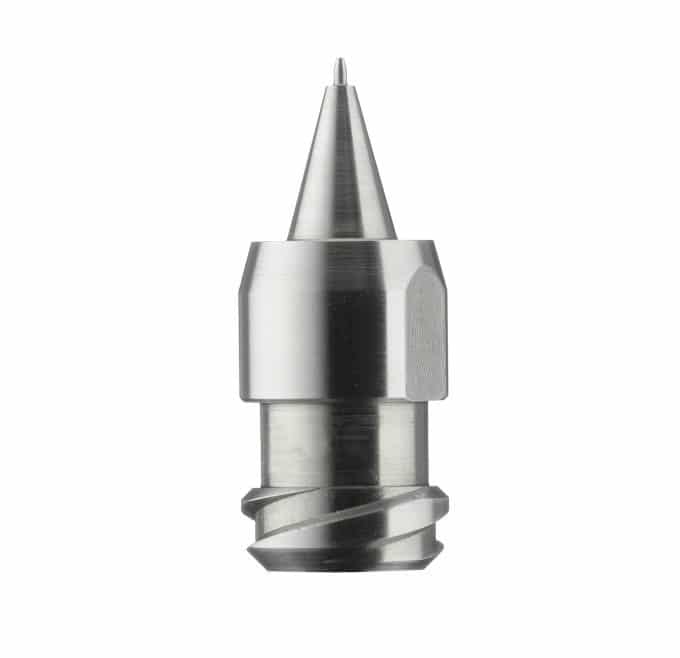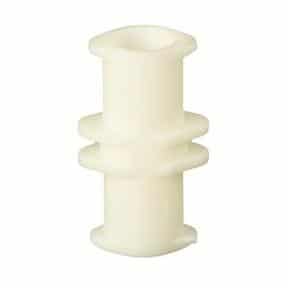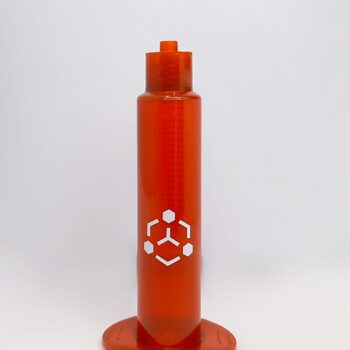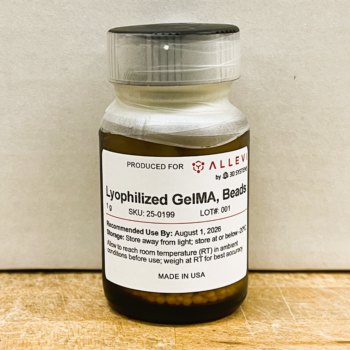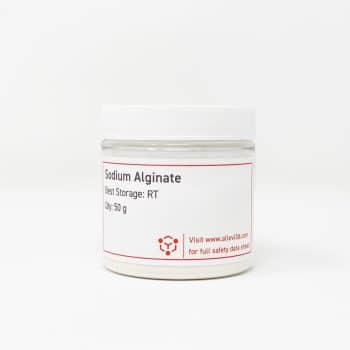3D Bioprinting, Simplified
Bring your work to life with Allevi 3D bioprinters, materials, and reagents
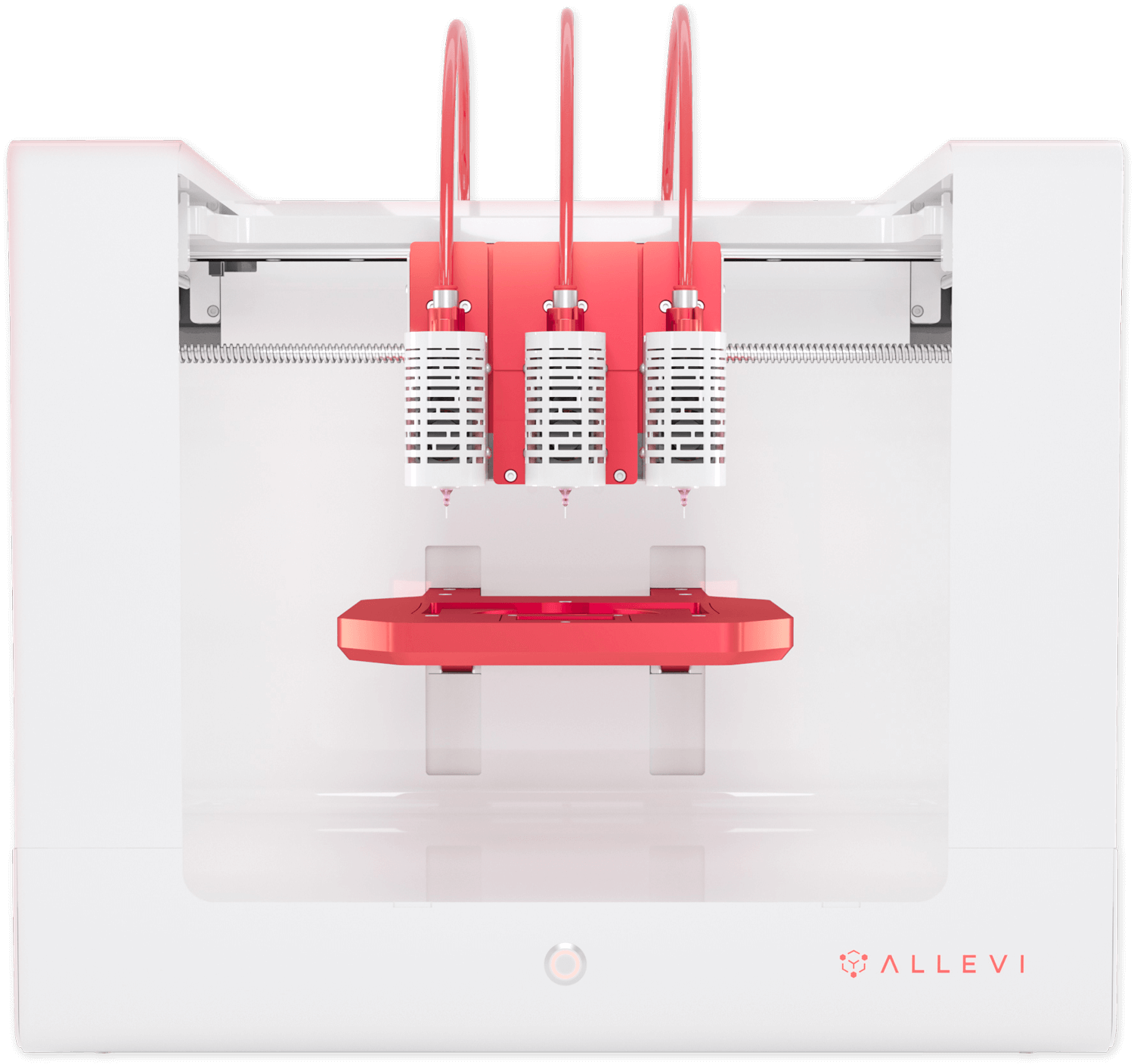
Patented Core Printheads
The patented Cell Optimized Removable Extruders (CORETM) are engineered to ensure high viability across a wide range of bioinks. UV and Blue LED Photocuring and homogeneous cooling and heating components allow you to print everything from hard to soft tissues without having to purchase additional printheads.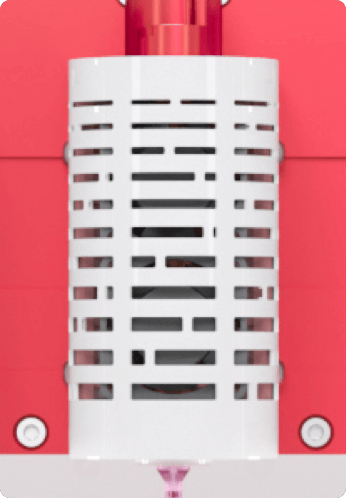
Smart Calibration
Auto-calibration comes standard on Allevi 1 & Allevi 3 bioprinters. Choose any needle tip and any print dish and your bioprinter will automatically calibrate the printheads.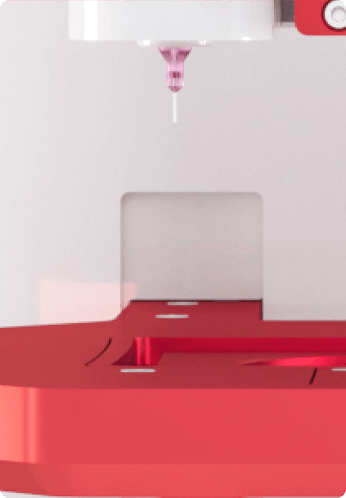
Print Bed for Every Dish
The Allevi print bed is designed to fit different printing dishes with inserts for slides, petri dishes, and well plates.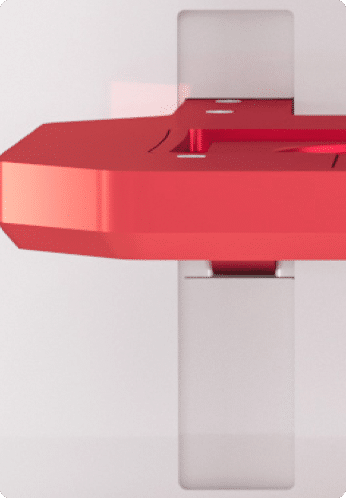
Versatility
Allevi bioprinters allow you to print with any cell-line in any bioink to create any geometry for any application that you can imagine.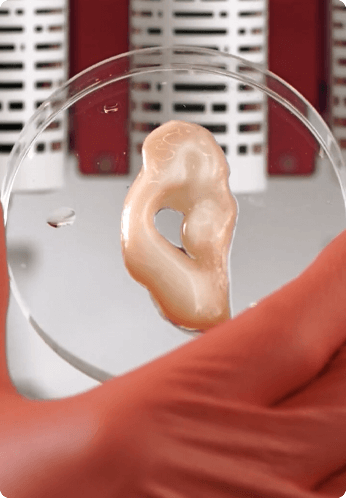
Extrusion Bioprinting
Powerful and automatic pressure regulators allow you to easily control the flow of a wide range of viscosities from soft hydrogels to thermoplastics. Control the extrusion rate from your Allevi software and even save print profiles for future work.
Designed for Sterility
Designed with your workflow in mind. From testing on a lab bench to working with cells in a tissue culture hood, Allevi bioprinters are portable and easy to sterilize under your cell-culture hood. No doors to get in your way – we know how you work.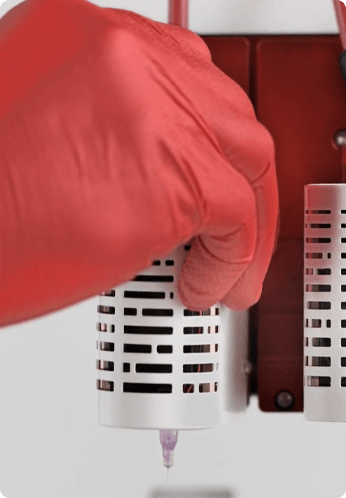
Precision
Linear rails ensure single micron movements on X, Y, & Z axes. This precision allows you to easily print into well-plates and seed cells.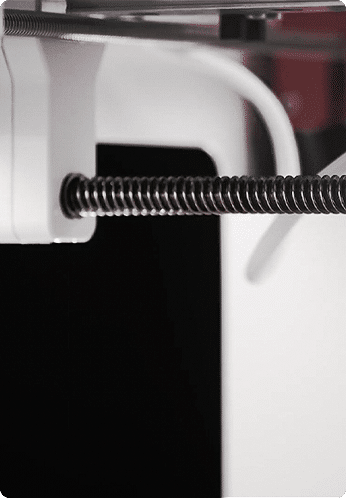
After careful consideration and evaluation, we have made the strategic decision to discontinue production of our Allevi bioprinters, effective July 27, 2023.

Bioprinting Applications, Explained
Organ-On-A-Chip
Microfluidic devices containing tissues or cells in controlled mircoenvironment to maintain tissue-specific functions in vitroAccelerating
- Drug discovery + screening
- Cancer biology
- Clinical research
- Vaccine development
Bioprinting Applications, Explained
Tissue Engineering
Biomaterial-based systems containing scaffords, cells and bioactive molecules to create functional tissues to restore, mainatin or improve damaged tissues or organsAccelerating
- Regenerative medicine
- Wound healing
- Organ transplant and grafts
- Stem cell research and therapeutics
Bioprinting Applications, Explained
3D Disease Modeling
3D in vitro culture systems that recapitulate the function, structures and genetic signatures of the original in vivo tissue or tumor microenvironmentAccelerating
- Translational medicine
- Cancer biology
- Clinical research
- Vaccine development


Shop online for bioink, syringes, nozzles, centrifuge tubes and everything else you need for bioprinting with Allevi.
In Stock
Full Metal Nozzles
$200.00
Select options
This product has multiple variants. The options may be chosen on the product page
In Stock
Plastic Syringes, Amber (5 mL)
$89.00 – $119.00
Select options
This product has multiple variants. The options may be chosen on the product page
